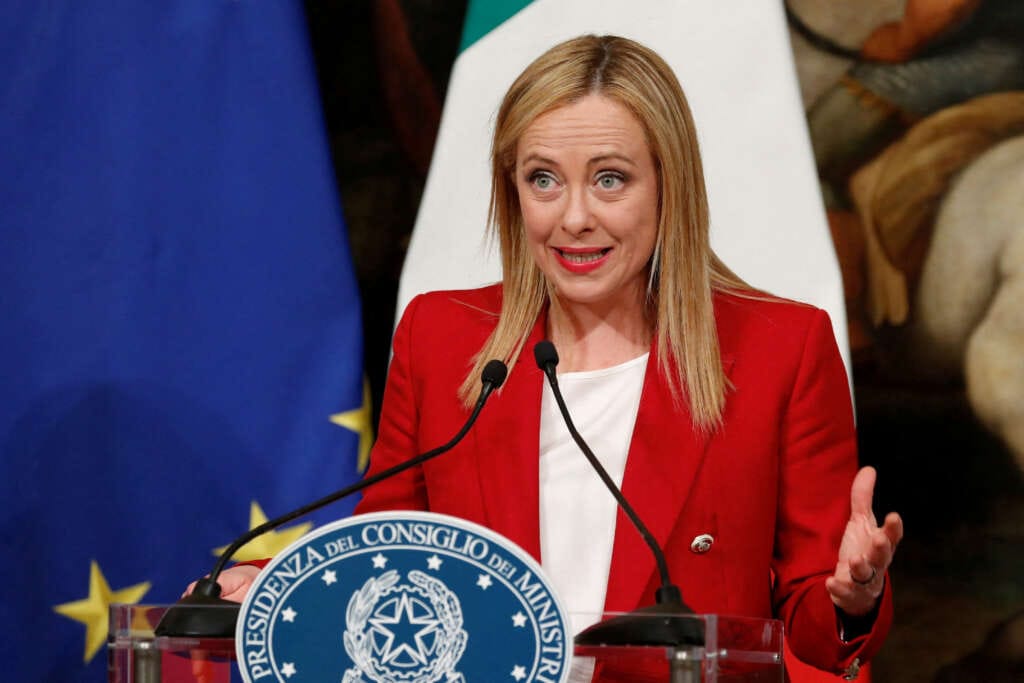
By Giuseppe Fonte and Gavin Jones
ROME (Reuters) – The European Commission has frozen an overdue 19-billion-euro ($20.50 billion) tranche of post-pandemic funds for Italy, requesting clarification over Rome’s efforts to meet the “targets and milestone” needed to unlock the money.
Italy and the Commission “agreed to extend the assessment phase by one month to allow the Commission services to complete its technical … verification activities,” Italian Prime Minister Giorgia Meloni’s office said on Monday.
The 19-billion-euro tranche is related to the 55 targets and milestones in Italy’s pandemic Recovery Plan that were supposed to be reached in the second half of last year. The green light from Brussels was originally expected by the end of February.
The extra time means Italy has now until the end of April to persuade Brussels to release the funds, a government source told Reuters.
Rome has so far secured almost 67 billion euros of the roughly 200 billion it is due to receive through 2026, dependent on it achieving Brussels’ policy prescriptions.
Three Recovery Plan measures that were approved by Meloni’s predecessor Mario Draghi “are subject to further assessment,” the statement said, mentioning in particular a reform of business licences for the management of the country’s ports.
The Commission is proposing to limit the maximum duration of these concessions, the Italian government statement said.
Italy is the single-largest beneficiary of the EU post-COVID Recovery Fund, and meeting the goals agreed with Brussels is one of the main challenges for Meloni’s rightist government that took office in October.
Rome is eligible for a further 34 billion euros in 2023, split into two tranches, provided it can meet all 96 objectives set for this year.
To gain some flexibility, EU Affairs Minister Raffaele Fitto has said the government is in talks with Brussels to replace some projects from its original recovery plan, which it now realises it cannot complete by a 2026 deadline.
These would be replaced with less ambitious programmes that can be completed on time, while the original ones could be financed from separate European Union funds that can be spent until 2029.
Italy is also behind schedule in actually using the funds it has received.
The initial timetable set out in 2021 envisaged spending more than 40 billion euros of them by 2022, but this goal was repeatedly revised down and was most recently set at around 20 billion euros.
($1 = 0.9270 euros)


